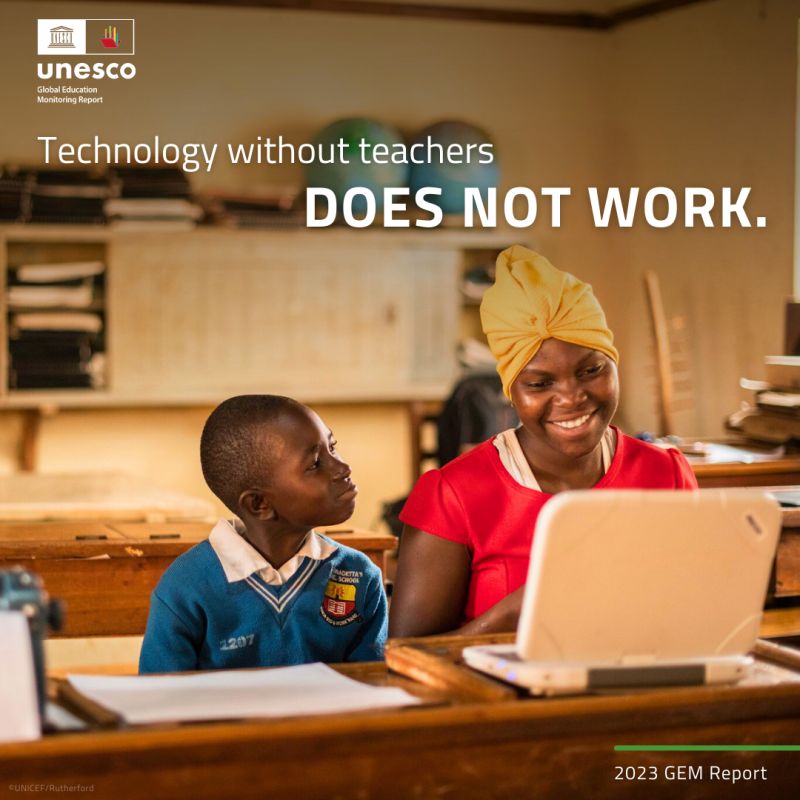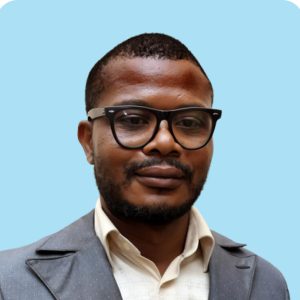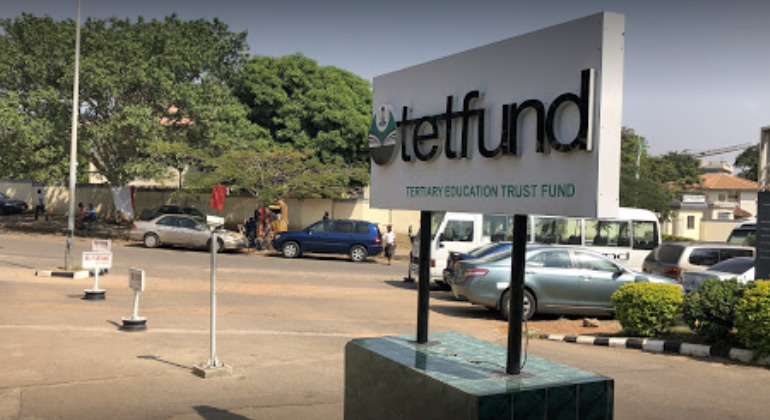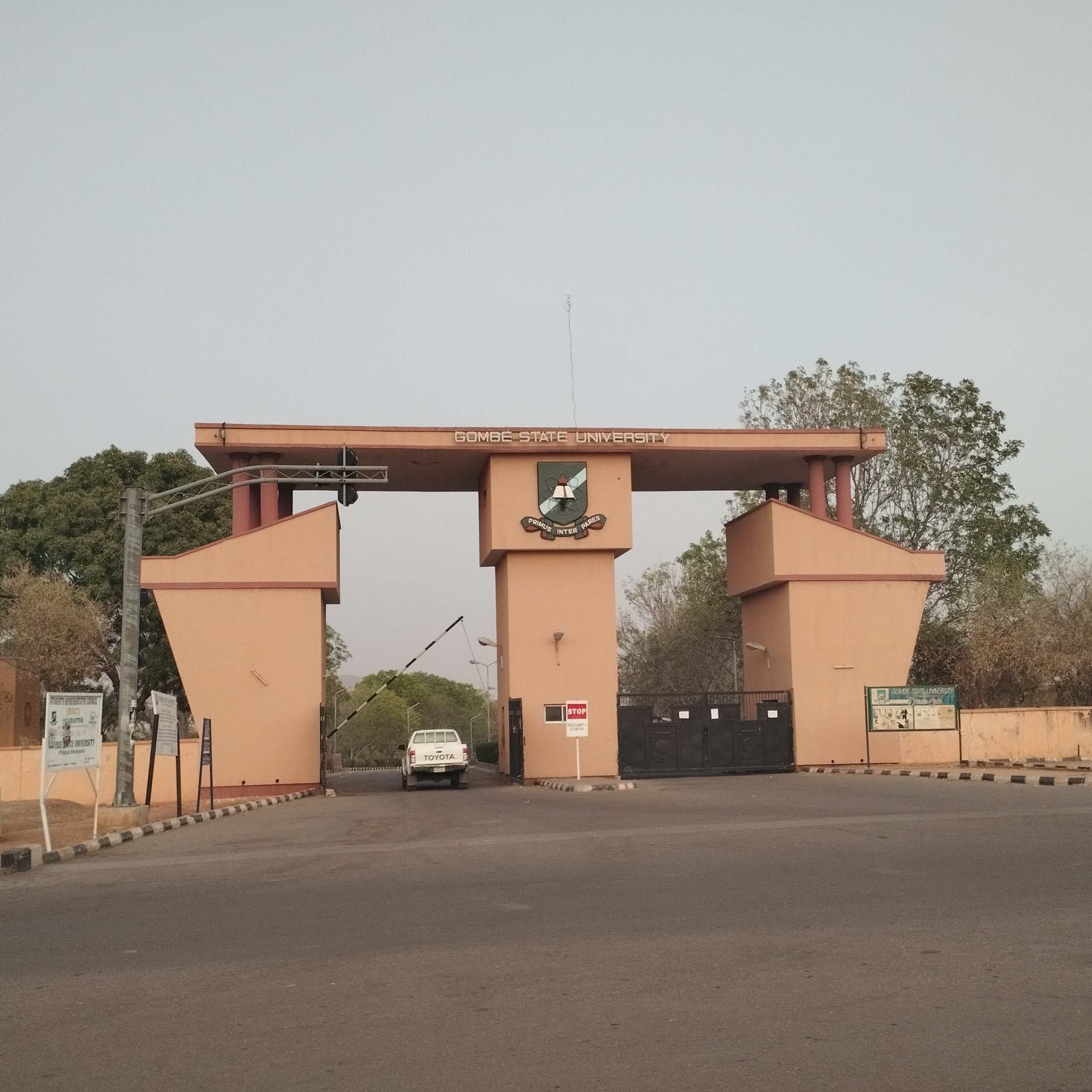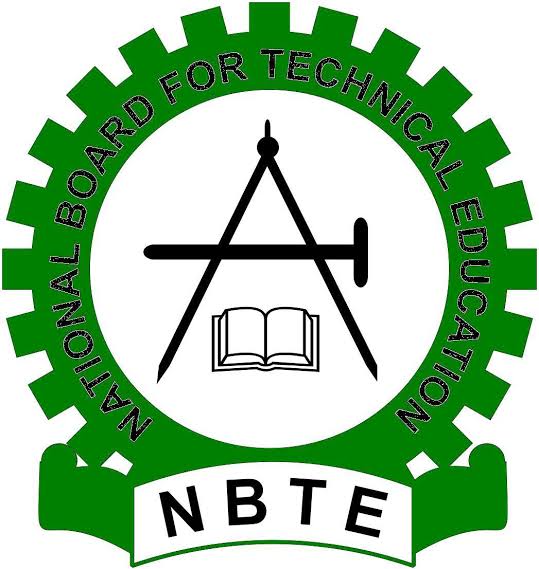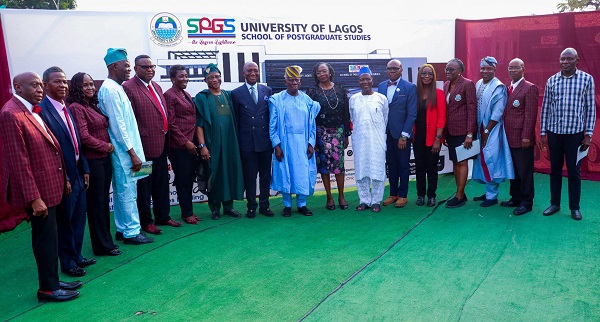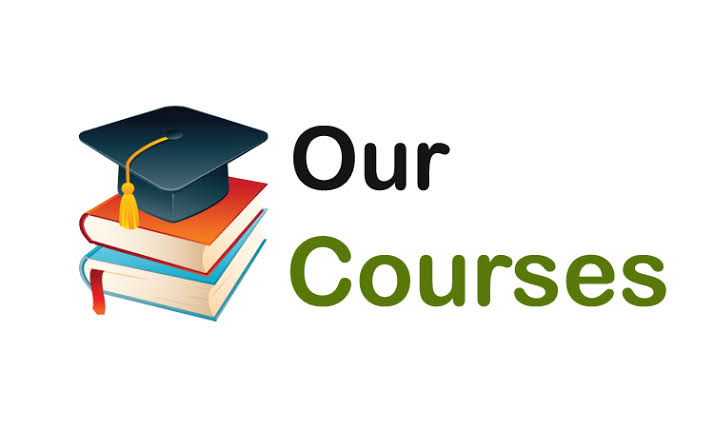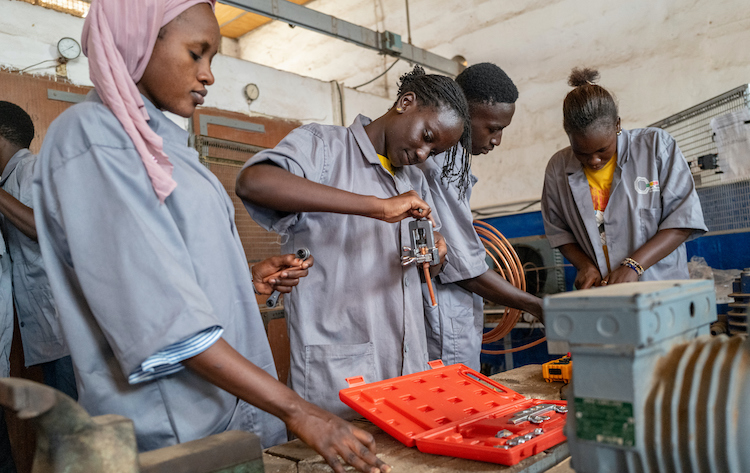In the bustling city of Lagos, Nigeria, two worlds coexisted side by side, starkly divided by socioeconomic status and access to education technology. On one side, we find the opulent neighbourhood of Ikoyi, where the middle and upper-class families reside. On the other side, hidden away in the lush countryside of Kebbi state, lies a remote village called Kugama, where poverty and limited resources are a daily reality.
In Ikoyi, the Okafor family is an emblem of affluence and influence. Mr. and Mrs. Okafor, both successful entrepreneurs, believed in providing their children with the best possible education to secure a prosperous future. Their two children, Adaora, 15, and Chukwudi, 12, attend Elite Scholars Academy, a prestigious highbrow school known for its cutting-edge education technologies.
At Elite Scholars Academy, Adaora and Chukwudi are equipped with tablets and laptops, allowing them to access digital textbooks, interactive learning apps, and video lectures. Their school boasts state-of-the-art virtual reality labs, where they can explore history, science, and other subjects in immersive and engaging ways. Additionally, their teachers have been trained in incorporating technology into the classroom effectively.
Back at home, the Okafor children have access to a reliable internet connection, enabling them to continue their learning beyond school hours. They explore online courses, participate in virtual debates, and collaborate with peers from around the world on various projects. Their education is enriched with the latest innovations, and they eagerly embrace the digital realm to expand their knowledge.

Photo credit: Edufirst
In stark contrast, in the quiet village of Kugama, we find the Agwai family struggling to make ends meet. Mr. Agwai is a subsistence farmer, while Mrs. Agwai weaves beautiful fabrics to sell at the local market. Their children, Aminu, 14, and Zainab, 10, dream of a better future but have never experienced digital technology applied to education.
The village school in Kugama, although filled with dedicated teachers, lacks even basic technological resources. The classrooms consist of worn-out blackboards and outdated textbooks. Aminu and Zainab’s education is limited to what the teachers can convey using traditional methods, and they often rely on memorisation rather than interactive learning.
As Adaora and Chukwudi explore the virtual world of knowledge, Aminu and Zainab walk miles to the village school, hoping for a brighter future. When they return home, their evenings are filled with chores, leaving little time for additional studies. The digital technology that seems so commonplace to others remains an elusive dream for them.
One fateful day, the paths of these two education worlds converge. A non-profit organisation, focused on bridging the digital divide in Nigeria, visits Kugama with a mission to introduce educational technology to underserved communities. They donate tablets and laptops to the school, and the teachers undergo training to incorporate digital tools effectively.
Aminu and Zainab’s eyes light up with wonder as they experience the world of educational apps and videos, which spark their curiosity and ignite their passion for learning. Slowly but steadily, they catch up to their urban peers and develop newfound confidence in their abilities.
As the years pass, both the Okafor children and the Agwai children grow older. Adaora’s passion for technology led her to pursue computer engineering at a prestigious university. Chukwudi, inspired by the immersive virtual reality experiences, becomes a budding architect with innovative visions.
Meanwhile, Aminu, driven by the newfound opportunities provided by digital technology, excels in his studies. With scholarships and determination, he became the first from his village to attend a university, studying agronomy to improve farming practices and help his community.

Photo credit: BusinessDay
The tale of these two worlds serves as a poignant reminder of the power of education technology to shape lives. While Adaora and Chukwudi soared to great heights with abundant resources, it was Aminu and Zainab’s resilience and determination that allowed them to overcome adversity and bridge the digital divide, proving that access to education technology should be a fundamental right for all children, regardless of their background.
READ ALSO: Meet World Innovation Summit for Education Awards’ Kenya finalists
Unesco Global Education Monitoring Report on Technology in Education
The stories of Adaora and Chukwudi on the one hand, and Aminu and Zainab on the other are anecdotal because of the added usefulness of digital technology in education, there is scant solid data. In other words, there is a dearth of reliable, unbiased data regarding how technology is affecting education. This is according to the 2023 Global Education Monitoring Report on Technology in Education – A Tool on Whose Terms? launched in Montevideo, Uruguay last week.

Photo credit: UNESCO
It is impossible to evaluate technology because it develops too quickly: Products for educational technology often change every 36 months. The wealthy nations provide the bulk of the evidence. Randomised controlled trials and third-party certification were used by 12 per cent and 7 per cent, respectively, of educational technology enterprises in the United Kingdom.
Only 11 per cent of teachers and administrators in 17 US states who participated in a survey of teachers requested peer-reviewed evidence before the adoption of educational technology products. Those trying to sell these provide a lot of the evidence. When independent research revealed that Pearson’s education technology products had little effect, Pearson funded its studies to refute the findings.
However, for millions, technology provides a lifeline in terms of education, while excluding countless more. Opportunities for learners with impairments have been made possible through accessible technology and universal design.
About 87 per cent of visually impaired adults said that accessible technology devices were taking the place of conventional assistive equipment. For communities that are difficult to reach, radio, television, and mobile devices replace traditional schooling. Radio training is used in about 40 nations. A programme of broadcast instruction paired with in-class assistance raised secondary school enrollment by 21 per cent in Mexico.
During the COVID-19 school closings, online learning kept the educational system from collapsing. Over 1 billion students may have benefited from distance learning, but it failed to reach 31 per cent of students globally, including 72 per cent of the poorest. Although access is unequal, the right to education is becoming increasingly synonymous with the right to meaningful connectivity.
Only 40 per cent of primary, 50 per cent of lower secondary, and 65 per cent of upper secondary schools worldwide have internet access, even though 85 per cent of nations have strategies to increase student or school connectivity.
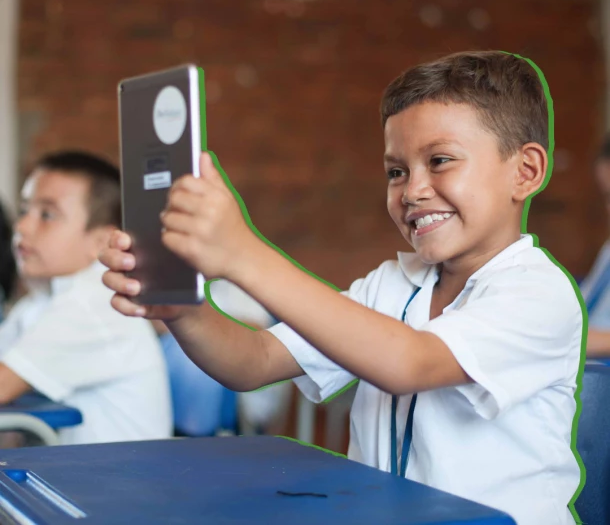
Photo credit: UNESCO
Access to teaching and learning resources has significantly grown due to digital technologies. The National Academic Digital Library of Ethiopia and the National Digital Library of India are two examples.
More than 600,000 people utilise Bangladesh’s Teachers Portal. It has shown minor to moderately significant favourable impacts on several forms of learning. A survey of 23 primary-level mathematics programmes revealed that they prioritised drill and practice over complex skills. But rather than being centred on digital inputs, it should be on learning results.
Learning did not improve in Peru when more than 1 million laptops were supplied without being included in pedagogy. Analysis of more than 2 million pupils in the US indicated that learning disparities worsened when instruction was solely remote.
Furthermore, technology need not be sophisticated enough to work in education. In China, 100 million rural children received high-quality lesson recordings that increased academic performance by 32 per cent and decreased the wage disparity between urban and rural areas by 38 per cent.
If misused or used excessively, technology in education may be harmful. Data from large-scale international assessments, including the Programme for International Student Assessment (PISA), point to a relationship between poor student performance and excessive ICT use. In 14 nations, it was discovered that just being near a mobile device distracted pupils and hindered their ability to learn, but fewer than one in four have outlawed smartphone use in educational settings.
Technology is changing so quickly that school systems are finding it difficult to keep up. The digital skills that nations wish to emphasise in their curricula and assessment standards are beginning to take shape.
Fifty-four per cent of nations worldwide have digital competency criteria, although frequently, these have been set by non-state, primarily commercial, actors. Many pupils in schools do not get much opportunity to practise using digital technologies. Only 10 per cent of 15-year-old pupils utilised digital devices for more than an hour a week in math and science classes, even in the richest nations in the world.
Teachers frequently feel unprepared and insecure while using technology. Only fifty per cent of nations have ICT teacher skill development criteria. Few teacher training programmes include cybersecurity, even though 5 per cent of ransomware attacks target educational institutions.
The potential of digital data in managing education is hampered by several problems. Many nations are undercapitalised: Student identification numbers are used in little over half of all countries. Those nations that do invest in data face challenges 43 per cent of UK universities surveyed recently reported having problems connecting data systems.
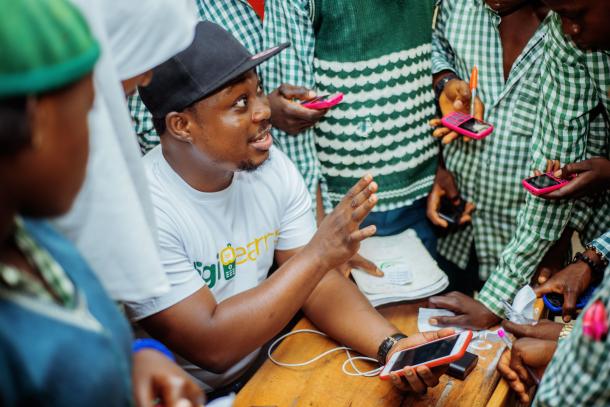
Photo credit: UNESCO
Without adequate diversity or quality control oversight, online content has expanded. Dominant groups produce online content, which influences access to it. Ninety-two per cent of the content in the OER Commons worldwide library is in English, and nearly 90 per cent of the content in higher education repositories containing open education resource collections was produced in Europe and North America.
Massive open online courses (MOOCs) mostly aid educated students and those from wealthy nations. The quickest adoption of and transformation by digital technology is occurring in higher education. In 2021, there were approximately 220 million students enrolled in MOOCs. However, the function of universities is questioned by digital platforms, which also present legal and moral issues, such as those involving subscriber-only offers and the privacy of staff and students.
Without considering the long-term expenses, technology is sometimes purchased to fill a void. For national budgets, the cost of implementing basic digital learning in low-income nations and connecting all schools in lower-middle-income nations to the internet would increase their current funding gap for fulfilling national SDG 4 targets by 50 per cent.
Money isn’t always spent wisely: In the US, over two-thirds of licences for educational software were underutilised. To protect only 16 per cent of countries have laws expressly guaranteeing data privacy in education, however, children’s information is being made public. According to one analysis, 89 per cent of the 163 education technology products recommended during the pandemic could survey kids. Furthermore, throughout the epidemic, 39 of 42 governments that offered online education promoted practices that endangered or violated the rights of children.



